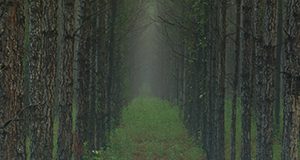Abstract
This 3-page fact sheet written by Byron Love, Michael Andreu, and Chris Demers and published by the UF/IFAS School of Forest Resources and Conservation summarizes a study to determine whether landowners may gain increased economic returns if they mark the first thinning in a southern pine stand. The study found that marking can indeed bring higher revenue at final harvest. The greater number of high-quality and faster-growing trees remaining after a marked thinning is the main reason for immediate and future increases in value.
https://edis.ifas.ufl.edu/fr410
References
Demers, C, M. Andreu, B. McGowan, A. Long, and J. Nowak. 2013. Thinning Southern Pines: A Key to Greater Returns. SS-FOR24. Gainesville: University of Florida Institute of Food and Agricultural Sciences. http://edis.ifas.ufl.edu/fr159 https://doi.org/10.32473/edis-fr159-2013
Thompson, M. T. 1999. A Forested Tract-Size Profile of Florida's NIPF Landowners. USDA Forest Service Southern Research Station. Research Paper SRS-15. https://doi.org/10.2737/SRS-RP-15
Unless otherwise specified, articles published in the EDIS journal after January 1, 2024 are licensed under a Creative Commons Attribution-NonCommercial-NoDerivs 4.0 International (CC BY-NC-ND 4.0) license.

